With the perfect conclusion of the Asian Winter Games, national fitness has experienced another boom, more and more people are getting involved in sports, but the associated problem of sports injuries is also becoming more prominent. Of all sports injuries, muscle injuries are the most common, and improper rehabilitation can lead to muscle re-injury.
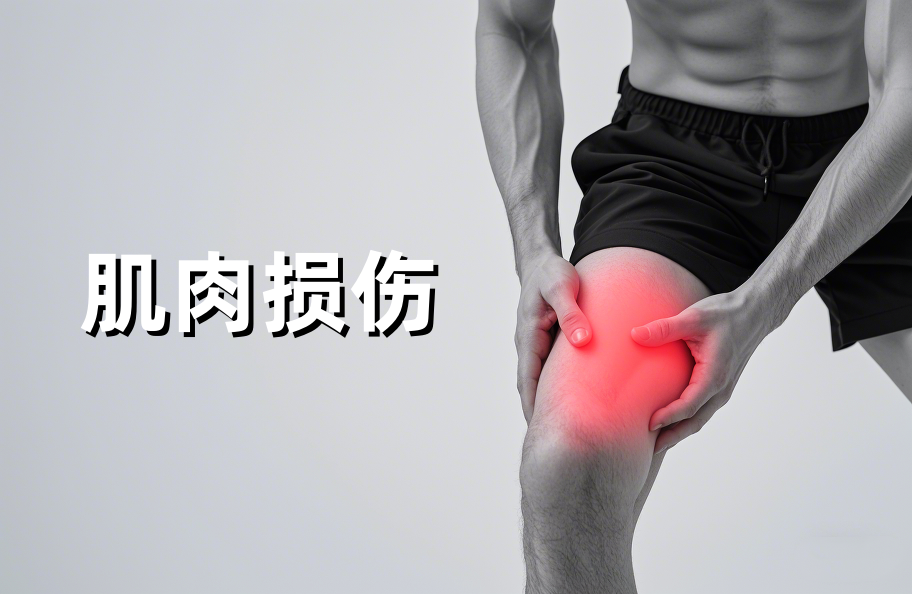
So what can we do to prevent muscle injury or reduce the risk of recurrence?
Why does muscle damage occur?
In terms of mechanism, there are two main types of muscle injury in sports training: direct and indirect, and common types include strains, sprains and contusions.
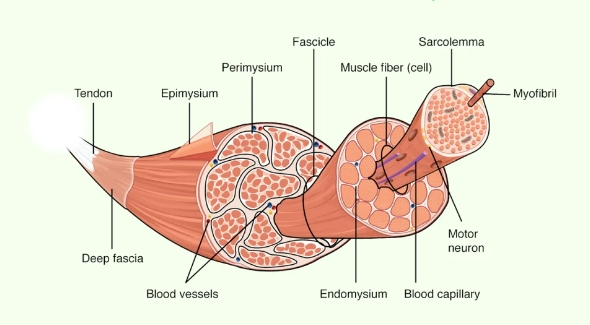
Direct injuries are usually caused when the muscle is subjected to a force that exceeds its tolerance during active contraction, such as a bruise, due to direct external forces or overexertion.
Indirect injuries, on the other hand, are caused by overstretching, twisting or overloading the muscle during exercise, resulting in a tear or strain in the tissue, typically at the point where the muscle belly meets the tendon. Muscle strains and sprains often fall into the category of indirect injuries.
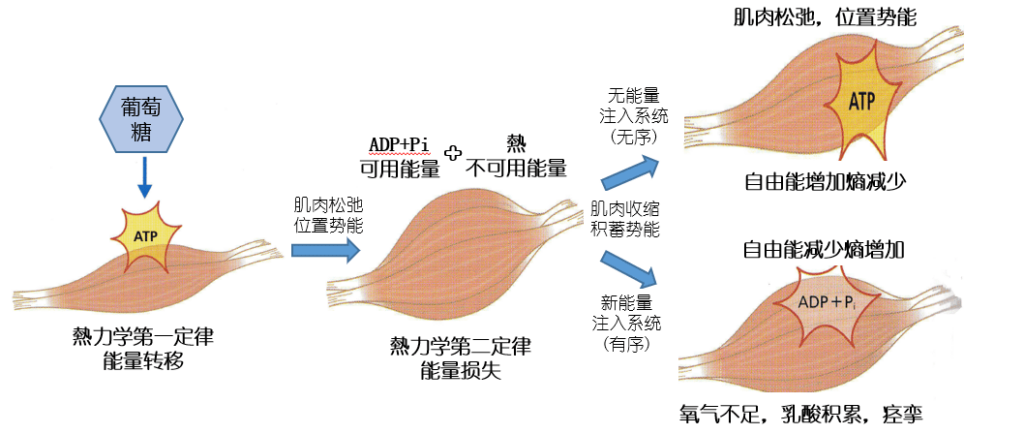
In addition, during exercise, muscles need a lot of energy to maintain diastole and contraction, and the continuous consumption of energy substances will lead to accelerated fatty acid oxidation metabolism, if the metabolic waste is difficult to remove in a timely manner, it will cause changes in the environment of the muscle tissue, and is easy to trigger inflammatory reactions, increasing the risk of injury.
How can I prevent muscle damage?
There are a number of things you can do to prevent muscle injuries, such as
Warming up before exercise and making sure your sports equipment is suitable and in good condition.
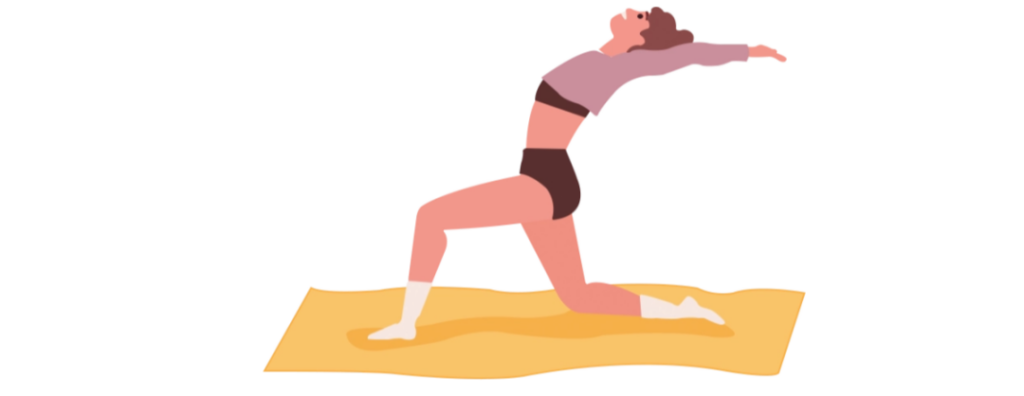
When exercising, adjust the intensity and duration of exercise to suit your physical condition and ability, and follow the principle of gradual progress.
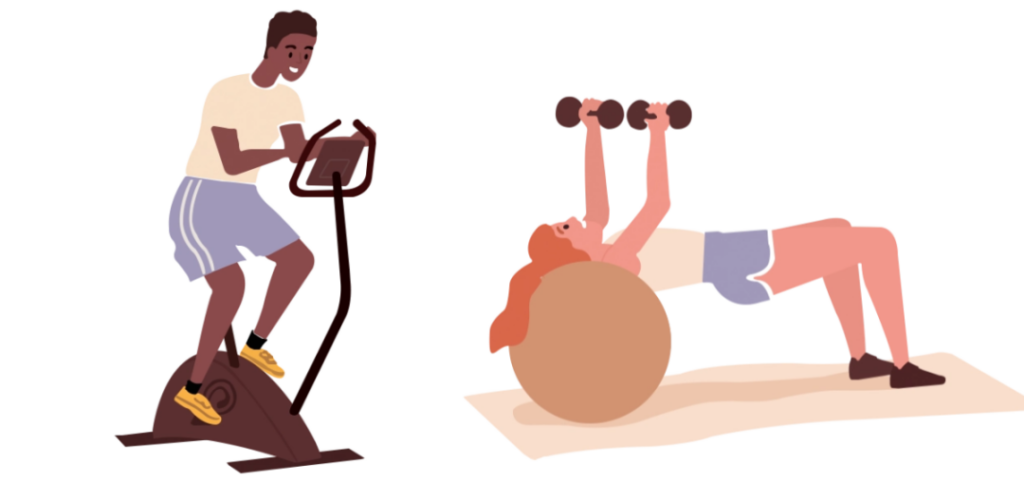
After your workout, do 10-15 minutes of static stretching to relax your muscles.

Red light is widely used for muscle injury and sports recovery It is worth mentioning that in order to alleviate the symptoms of muscle injury and accelerate the recovery of athletic ability, in recent years, red light phototherapy has been widely used in the treatment of muscle injury with the advantages of non-invasive, painless, safe and comfortable, and light-emitting diode therapy (LEDT) is a commonly used phototherapy instrument in rehabilitation or sports medicine centers.
A number of authoritative clinical studies have proved that when irradiated with red light, the growth rate of fibroblasts and muscle cells is increased by 5 times, and it can increase the production of ATP and accelerate the metabolic process of cells, thus accelerating the removal of metabolic waste and promoting muscle repair and regeneration.Meanwhile, more studies have found that red light irradiation treatment can significantly reduce oxidative stress during muscle healing, thus relieving pain and muscle spasms, promoting the subsidence of swelling, reducing the formation of scarring and preventing complications to a certain extent.
The MERICAN health cabin based on red light therapy combines a variety of specific wavelengths to produce a biological effect on the whole body. This effect helps to promote blood circulation, accelerate the removal of metabolic waste such as lactic acid and effectively regulate the inflammatory process, playing an anti-inflammatory, analgesic and decongestant role, thus relieving muscle pain and fatigue and other related symptoms, thus maintaining normal muscle function and promoting muscle repair.

At the same time, it can adjust different light energy recipes and dosages according to the user’s different therapeutic needs, creating a personalised and diversified sports rehabilitation programme.
Muscle health is closely linked to our quality of life and enjoyment of sport, so relieving muscle discomfort and reducing the risk of injury cannot be ignored. May we all have strong muscles and enjoy the joy of sport!
